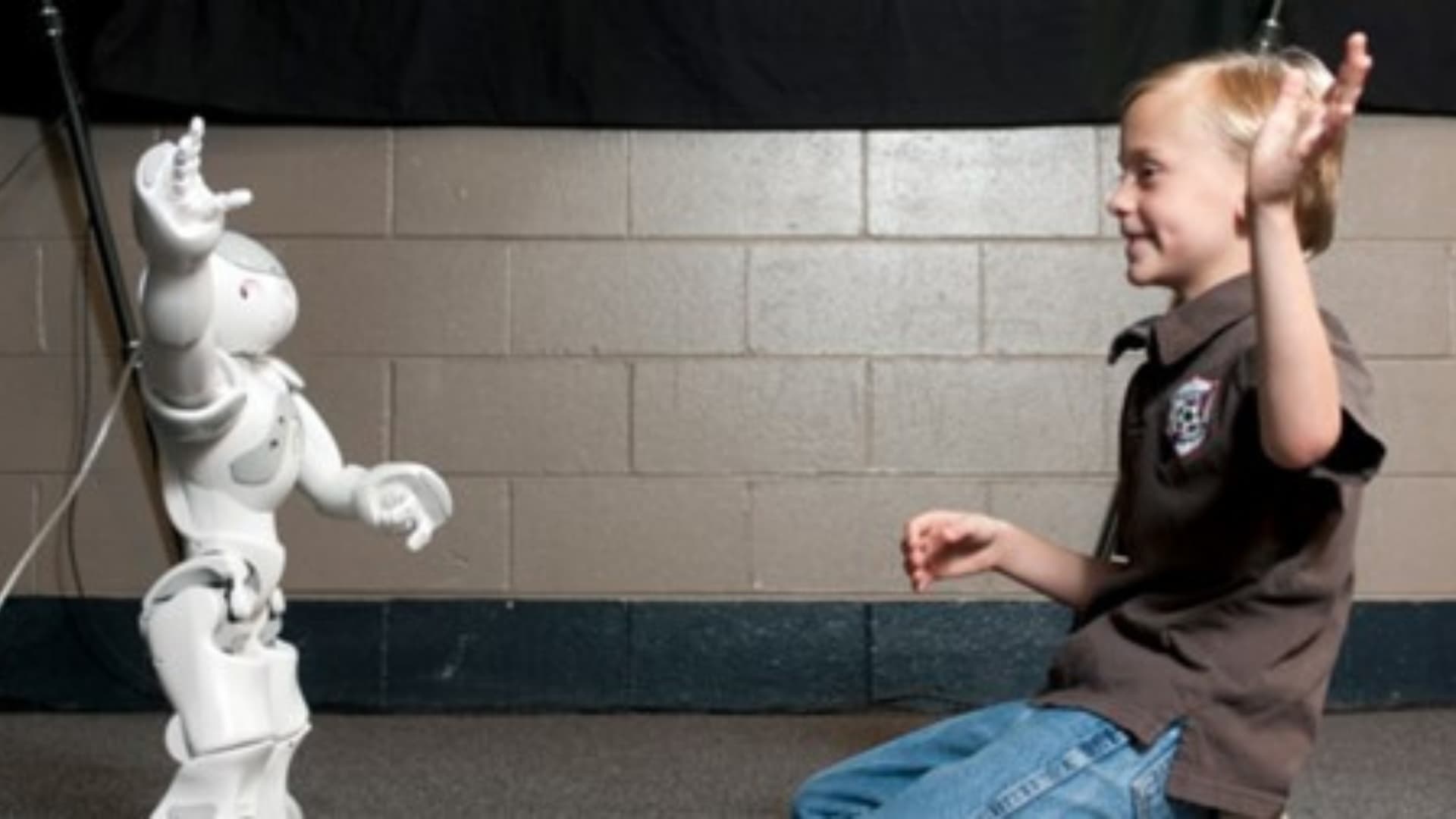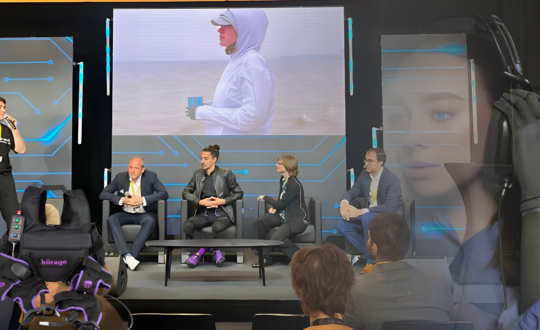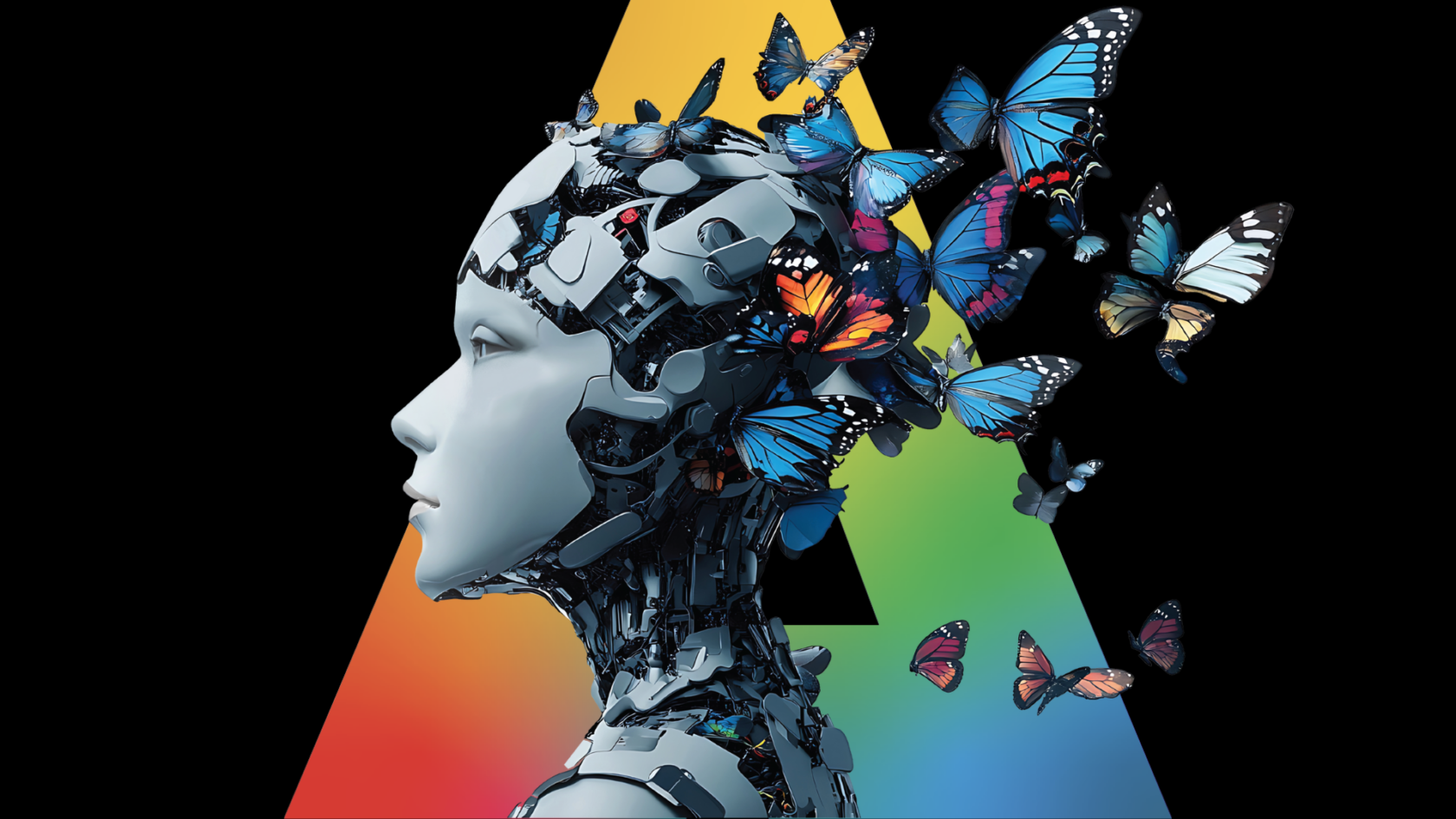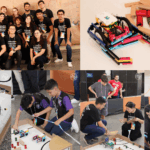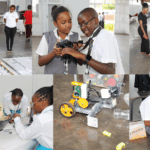Would you adopt a robot as a care-giver for your loved ones? What about a robot social companion? How about an AI-powered robotic teacher?
The practical application of robotics is quickly approaching this reality. Modern technologies have made it possible to create a variety of robots, including those that can assist in childcare or education. Who, if not them, will take care of our loved ones, keep them company when no one is at home, remind them to take pills or turn off electrical appliances?
The AI for Good webinar, “Towards human-centered social robots for good,” discusses the latest developments in social robotics and how they can contribute to the UN SDGs.
“Social robotics research has already shown some promise in support of health and well-being,” says Selma Šabanović, Professor at Indiana University Bloomington.
She believes the field faces a lot of challenges since “social robots are still often not robust enough to long-term use or adaptable to diverse and changing use context. They may require advance technical infrastructure and additional skilled human labor to function properly.”
“A lot has to be taken into consideration as we construct the social robotic technologies of tomorrow,” continued Šabanović. The key is for social good to remain the foundational goal of it.
Robots for healthcare and home care
Social robots can help in a variety of healthcare situations.
Using “the first ever clinical results from a long-term intervention with a socially assistive robot for stroke rehabilitation… we are looking to use robots to help people do their own practice except that it is being guided,” she said. These social robots “use social queues in order to interact with the user… and give feedback on practice patterns.”
“We can use technology to promote and track rehabilitation training which is an effective way to improve functional abilities in patients after stroke,” Shelly Levy-Tzedek, Associate Professor and Director of the Cognition, Aging & Rehabilitation Laboratory at Ben Gurion University.
“We use the participatory design approach to ask the actual stakeholders and then design and test the platform in the clinic,” said Levy-Tzedek.
Using therapeutic robots for mental health support is another vital area for robotics development. Cindy L. Bethel, Professor and Director of the Social, Therapeutic & Robotic Systems Lab at Mississippi State University believes such robots “bring healing to those exposed to traumatic situations.”
While Talking about Therabot, a beagle-like robot, she emphasized “its ultimate goal is to breach the gap between two types of effective therapy using real animals and their plush counterparts to for emotional assistance. Therabot provides the benefit of animal assisting therapy through robotic platform.”
Bethel also stressed out the importance of social robots in sensitive contexts. “We use social robots in forensic interview process to gather information from children who have gone through or experienced maltreatment.” It turned out that children felt more comfortable with sharing information with robot than other people. “We are hoping to build a safe space or entity where children can fully interact,” said Bethel.
To learn more about AI and social robots, watch the full webinar below.
“Social robots interact with humans in a variety of ways and have to carry on certain tasks,” agrees Kerstin Dautenhahn, Canada 150 Research Chair in Intelligent Robotics at University of Waterloo. Exactly for that reason, she believes, “there is not one robot that fits all application areas.”
While giving examples of the projects she is working on, Kerstin stated “robots need to be able to adapt to individual users.” This is why it is so important to use “human-centered approach to co-design social robots.”
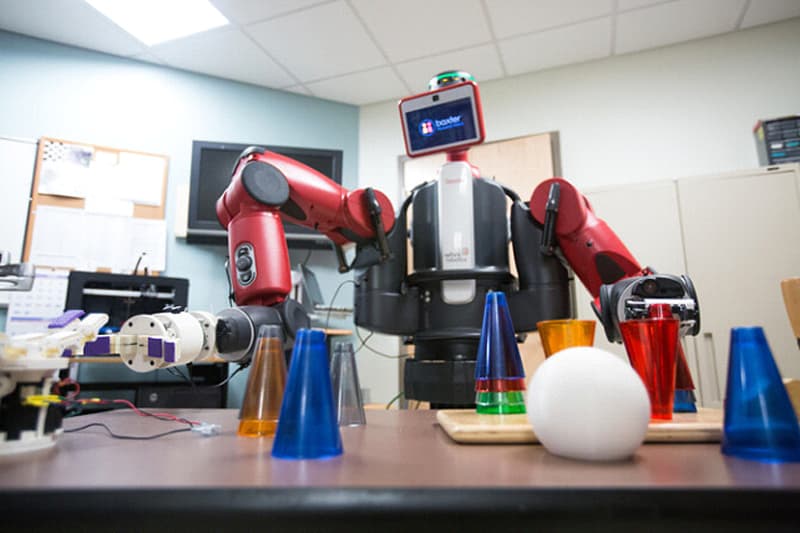
Key questions: Availability and possibility to scale?
There is, unfortunately, a great challenge when it comes to social robots. Most of them “are primarily located in high income countries which is a disparity needs to be addressed,” said Michelle J. Johnson, Associate Professor at University of Pennsylvania.
While talking about “a mismatch between the availability of certain technology, of rehabilitation and services,” she stressed out the problem – “the technology is not available at a price needed to be able to make the difference we are hoping to make worldwide.”
“Despite their high cost, the likely advantage of these systems are that they… could really help in terms of meeting the needs of patients especially when the rehabilitation professionals are at scarcity,” Michelle J. Johnson, Associate Professor at University of Pennsylvania.
The AI for Good webinar emphasized that AI-powered robots have great promise for educational and therapeutic applications as well as potential in improving the quality of life, but we still need solutions to bring them to scale to fully achieve the SDGs.
Follow AI for Good to stay informed about the latest developments in AI and robotics.



